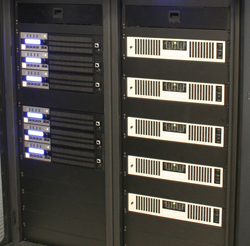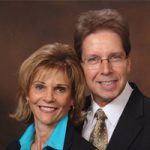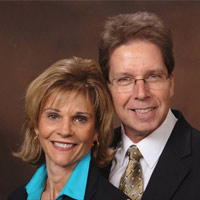Click here to view/download a printable pdf of this article.
I’ve done enough theorizing and musing about power and power ratings in part 1 and part 2 of this series.
Let’s convert some utility power into audio power. First, some details about the testing.
The Source, The Load
“Source” and “load” are usually associated with amplifier and loudspeaker. I had to zoom out another level and consider the AC source to the amplifier (these amplifiers need a lot of juice). The amplifier has to get its power from somewhere, whether it be the utility power company, generator or a large array of hamsters on treadmills.
I added a new power circuit to the lab for the testing. The line voltage can be 120 volts RMS or 240 volts RMS. The circuit breaker is 30 amps. The electrical panel for the lab is near the amplifier rack, so line losses are small and tripped breakers can be easily reset.
The reason for all of the fuss is that when you are attempting to draw power that is at the limits of what can be safely sourced from the utility company, details that one might normally take for granted suddenly matter. The amplifiers need a hardy supply. Remember that when you design your power distro.
So now all I have to do is plug-in the amplifier, right? At these higher current ratings, there are several choices of power cord plug for both the electrical outlet and the amplifier inlet.
For the outlet, I chose a versatile, 4-conductor connector that can be easily wired for any voltage/grounding needed. The amplifier inlet connector was different for all three amplifiers tested. After a trip to Home Depot, and some rummaging through the parts bin, I fabricated a power cord for each.
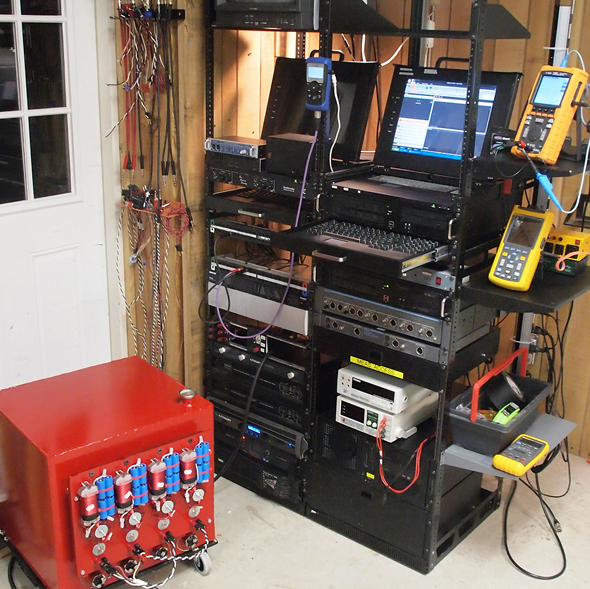
The audio power must flow to something. The loudspeaker is the obvious candidate, but they get really loud at these drive levels and are expensive to replace. I mentioned a somewhat crude dummy load in part 1, but it had some shortcomings.
As before, when you’re pushing the envelope, the details matter. I decided to build a new load. Figure 1 shows “The Mother-Load,” a 4-channel by 8-ohm dummy load. There are four 1,800-watt water heater elements (purely resistive) that are mounted into a 25-gallon steel tank filled with environmentally-friendly mineral oil.
All of the tests in the article were performed driving the Mother-Load. Yes, I know the name is sexist, but “Father-Load” just doesn’t feel right.
A feature of the Mother-Load is switchable reactive circuits that can be added to each 8-ohm element. I lifted the schematic from the Rane Professional Audio Reference. It is shown in Figure 2.
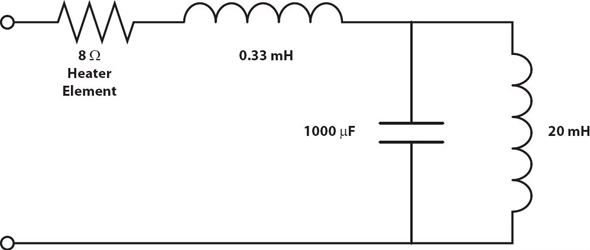
Figure 3 shows the overlaid impedances of the Mother-Load configured at 4 ohms with and without the reactive circuit. I have also included the impedance curve of a real-world 4-ohm load to demonstrate that the average impedance of a typical loudspeaker is higher than its rated value.
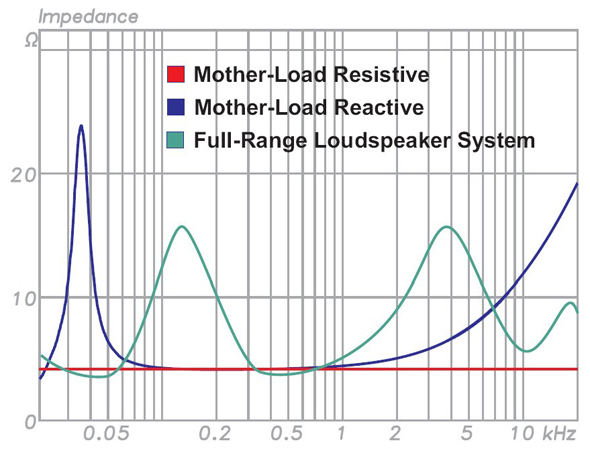
Why do I (perhaps) bore you with these details about power circuits and loads? Because they matter. If someone lays out a bunch of cash for an amplifier that they expect to provide thousands of watts of power, they had better think about where the power is coming from and where it is going to.
If you can’t source or dissipate the power, save some money and buy a smaller amplifier. The voltage and current from these amplifiers will challenge the Mother-Load. What about a “mere mortal” loudspeaker voice coil?
The Test Signals
The power from an amplifier is completely waveform-dependent. I tested these amplifiers using three signal types. Here are the signals and a few relevant attributes:


